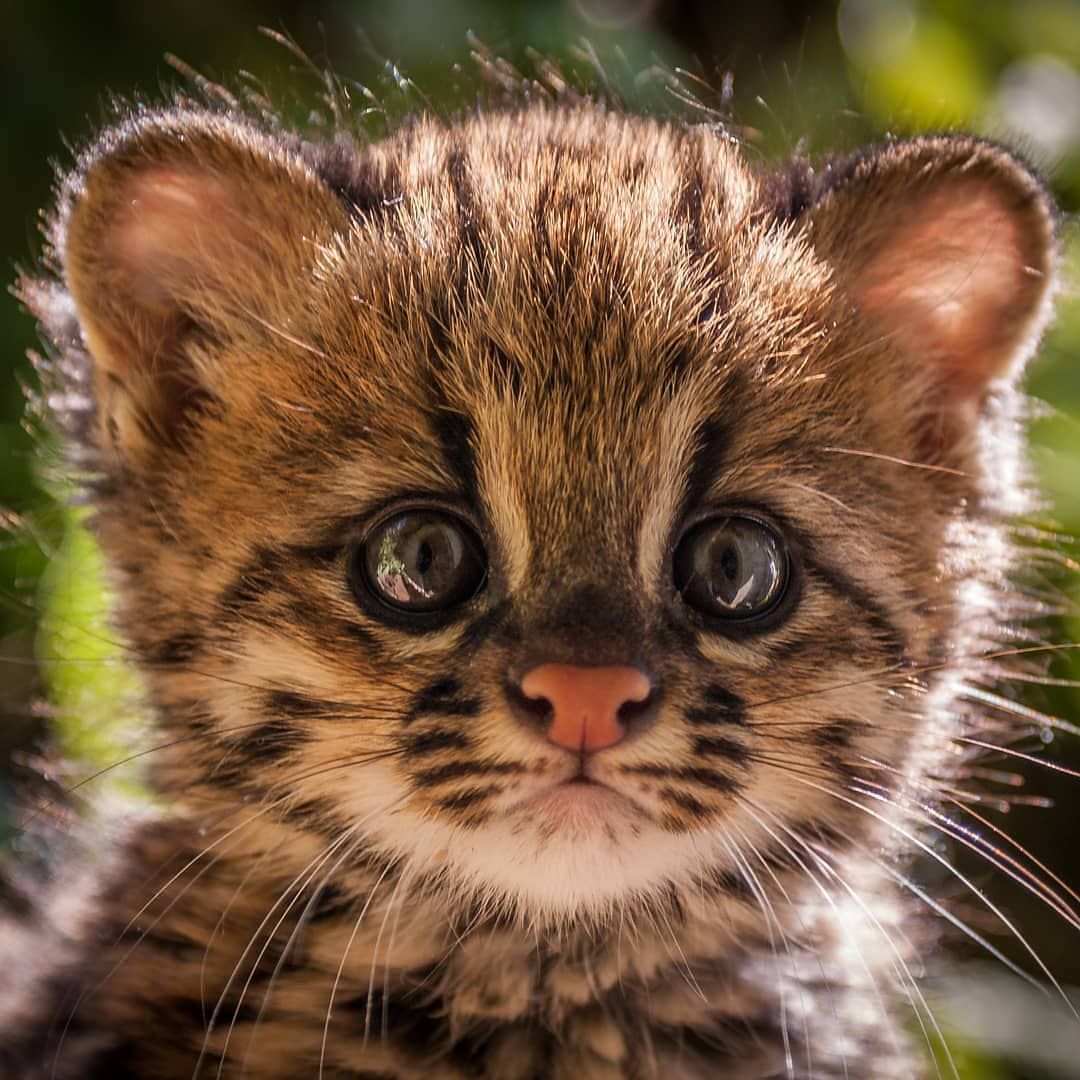The #Oncilla is a small #wildcat found throughout Central and #SouthAmerica. They are #vulnerable, their main threat is #deforestation for #soy #meat #palmoil. They are also hunted for their fur #Boycottpalmoil #Boycott4Wildlife to help their survival!
Tweet
The beautiful and elegant #Oncilla is a #wildcat found in #SouthAmerica. They are #vulnerable due to #deforestation for #soy #meat #palmoil #mining. They are hunted for their fur #Boycottpalmoil #Boycott4Wildlife #BoycottGold4Yanomami
Tweet
Northern Tiger Cat (Oncilla) Leopardus tigrinus
Vulnerable
Extant: Bolivia; Brazil; Colombia; Costa Rica; Ecuador; French Guiana; Guyana; Panama; Peru; Suriname; Venezuela.
Presence Uncertain: Nicaragua
Northern Tiger Cats, or Oncillas, are sleek, large-eared wildcats often confused with margays or ocelots due to their similarities. While primarily nocturnal, they adapt their behavior according to their environment, such as hunting diurnal lizards in Caatinga. These solitary creatures, though mostly ground-dwelling, are adept climbers. They communicate through purring as kittens and a unique “gurgle” as adults. Their habitats range from the semi-arid Caatinga to the Andean cloud forests. Yet, once targeted for their fur, they now face threats from habitat loss, illegal trade, road accidents, and retaliatory killings. Let’s champion their cause and use our wallet as a weapon: be #vegan #Boycottpalmoil #Boycott4Wildlife.
By and large, the greatest threat is the rampant rate of habitat loss, fragmentation and isolation. In the Andes cloud forests deforestation is mostly due to conversion to agriculture but also includes palm oil, hydroelectric dams, urban sprawl and road building (Payán and Gonzalez-Maya 2011, CI 2012).
IUCN Red list
Northern Tiger Cats also known as the Oncillas are often mistaken for other South American small wildcat species such as margays or ocelots. Although oncillas are smaller, they otherwise look very similar to these species, oncillas are more slender and have larger ears.
Oncillas are mainly nocturnal but in areas like Caatinga, where their diet primarily consists of diurnal lizards, these animals are more prone to be active in the daytime. During the breeding season pairs are sometimes seen, but they are considered as highly solitary animals. Although they are primarily terrestrial, they can climb well. Young kittens purr, while adults make a short and rhythmic “gurgle” sound.
Oncillas are found in a broad range of habitats, from the lowland semi-arid Caatinga to cloud forests in the Andes. In Costa Rica the species is almost entirely confined to montane forests along the flanks of volcanoes and other high mountains from 1,000 m up to the treeline (paramo) and occupy cloud forest and high elevation elfin forests (J. Schipper pers. comm.). The Northern Tiger Cat is a poorly known small-sized (2.4 kg) solitary felid, with an average litter size of 1.12 kittens (1–4)
Northern Tiger Cats were heavily exploited for the fur trade decades ago, following the decline of the Ocelot trade (Payan and Trujillo 2006). Although international trade ceased, there is still some localized illegal hunting, usually for the domestic market. Current threats to this species include habitat loss, fragmentation, disease, road-kill, illegal trade (pets and pelts), retaliatory killing due to depredation of poultry (Oliveira et al. 2008, 2013; Payán and Gonzalez-Maya 2011; Diaz-Pulido et al. 2013; Marinho 2015).




You can support this beautiful animal
Merazonia wildlife rescue and sanctuary
International Society for Endangered Cats (ISEC) Canada
Costa Rica Wildlife Foundation
The Central American Oncilla Project
Further Information

Payan, E. & de Oliveira, T. 2016. Leopardus tigrinus. The IUCN Red List of Threatened Species 2016: e.T54012637A50653881. https://dx.doi.org/10.2305/IUCN.UK.2016-2.RLTS.T54012637A50653881.en. Downloaded on 07 June 2021.

How can I help the #Boycott4Wildlife?
Contribute in five ways
1. Join the #Boycott4Wildlife on social media and subscribe to stay in the loop: Share posts from this website to your own network on Twitter, Mastadon, Instagram, Facebook and Youtube using the hashtags #Boycottpalmoil #Boycott4Wildlife.
2. Contribute stories: Academics, conservationists, scientists, indigenous rights advocates and animal rights advocates working to expose the corruption of the palm oil industry or to save animals can contribute stories to the website.
3. Supermarket sleuthing: Next time you’re in the supermarket, take photos of products containing palm oil. Share these to social media along with the hashtags to call out the greenwashing and ecocide of the brands who use palm oil. You can also take photos of palm oil free products and congratulate brands when they go palm oil free.
4. Take to the streets: Get in touch with Palm Oil Detectives to find out more.
5. Donate: Make a one-off or monthly donation to Palm Oil Detectives as a way of saying thank you and to help pay for ongoing running costs of the website and social media campaigns. Donate here







